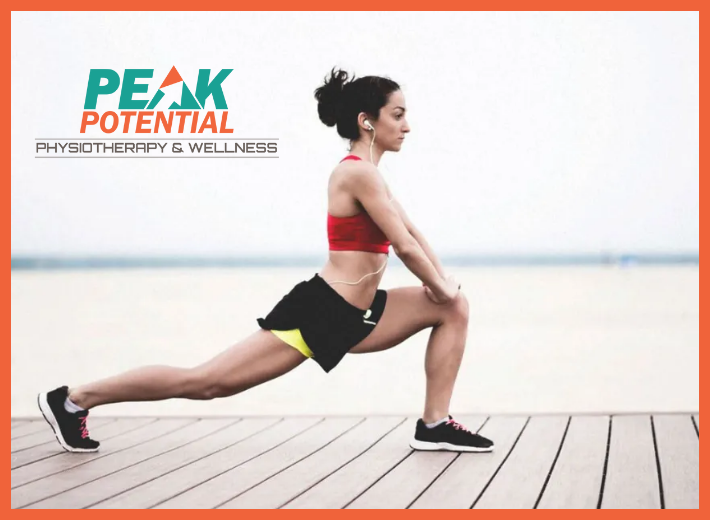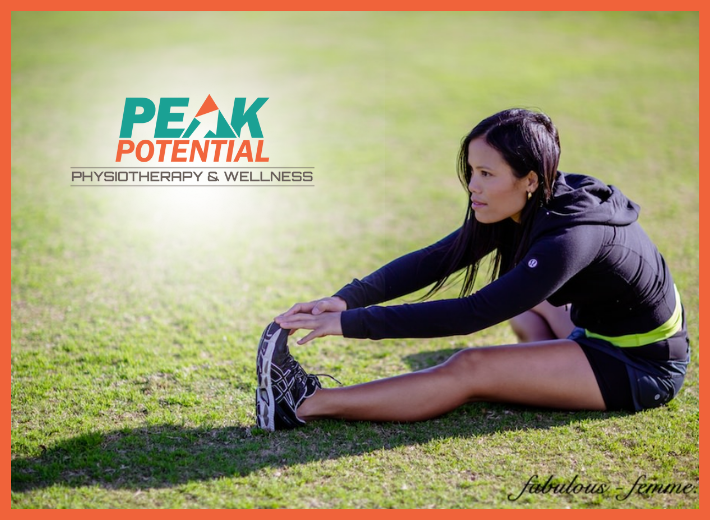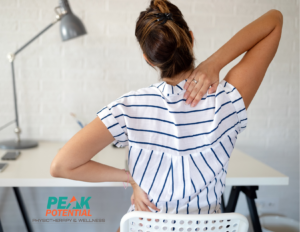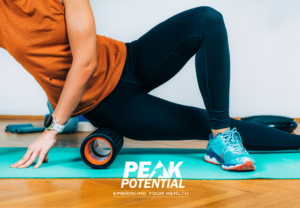Strong, flexible leg muscles are essential for maintaining overall mobility and preventing injuries. If you’re looking to improve your daily movements, proper leg muscle stretching can make a significant difference in your overall well-being. Get ready to take a step towards greater flexibility, reduced tension, and a more active lifestyle with our guide. Come in and see us for personalized treatment to get your legs — and your whole body — stronger and healthier.
- Overall improved fitness
- Enhanced ability to be more skillful at a particular sport
- Increased relaxation
- Reduced risk of injury
- Reduced soreness
- Increased flexibility
Types of Stretching
But before you start a routine, it’s helpful to know that there are several types of stretches, or flexibility exercises, like:
Static stretching. This is the most common. It’s done by extending the muscle as far as you comfortably can and holding the stretch for up to 30 seconds. There are two types of static stretches:
- Active: You pull, or push, on the muscle to increase the intensity of the stretch.
- Passive: Someone else applies force to the muscle, or you use something like a towel or elastic band to increase the intensity.
Myofascial release. This is often done with the assistance of a hard foam roller. For example, you can sit on one so that the underside of your thigh, or your hamstring, is resting on the foam roller. Then you slowly roll back and forth over the roller, which helps relieve tension and improves flexibility in the muscle. While rolling you should cover 2 to 6 inches of your leg, for 30 to 60 seconds. If you’ve never used a foam roller before, have a trainer show you the right way to do it. There are also different yoga poses that can do the same thing for you.
Leg Muscles to Stretch
There are a number of muscles in your leg. Some of the most common ones that people stretch, or that you might find getting tight, include the following:
Calf: Often referred to as “the calf muscle,” it’s actually made up of two separate muscles, which are on the backs of your lower legs. In standing, the calf muscles help extend your leg and your foot.
Hamstrings: There are actually four hamstring muscles, which run along the back of your thigh. They start at the bottom of your pelvis, cross your knee, and end at the lower part of your leg. Hamstring muscles extend your knees and hips.
Quadriceps: There are four separate muscles that make up the quadriceps, which are in the front part of your thigh. In standing, the quadriceps help extend the knee and stabilize the hips and pelvis.
How to Stretch
Calf muscles: Shift your weight forward while stepping out with one leg in front of you. Keep your back heel on the floor.
When to Stretch
Adults (who are not injured or doing rehabilitation) should try to do stretches 2 or 3 days per week and should:
- Hold each stretch of a leg muscle for 10-30 seconds
- Repeat each individual stretch two to four times
- Do stretches when the muscles are warm, not cold. You can warm your muscles up by doing 5 to 10 minutes of light aerobic activity (walking, jogging, using an exercise machine) or even taking a hot shower or bath. It’s also a good idea to do some stretching after you’ve completed your cardio exercise. That’s because your muscles will be warm and stretching can be part of your cool-down activity.
What Not to Do
It is best not to stretch when your muscles are cold. That means don’t start stretching as soon as you get to the gym, or the moment you step onto the tennis court.
When stretching, some people may feel comfortable and relaxed, while others may push the stretch a little aggressively. However, when finished you should feel good. If not, you may be pushing too hard and placing yourself at risk of injury.
Additionally, tight muscles may be a sign of protection. Important to not just stretch but build strength so the muscle(s) can control the new stretched length. If weak, a stretched muscle, or the section of the body they control, is at risk of injury.
Enhance your mobility and well-being by incorporating leg muscle stretches into your daily routine. Our Physical Therapists are here to help with personalized guidance and expert support. Contact us today at 901.316.5456 to schedule an evaluation. Follow us on Instagram @peakpotentialpt for more tips and information on physical therapy.
Reference: [https://www.webmd.com/fitness-exercise/stretch-leg-muscles]





